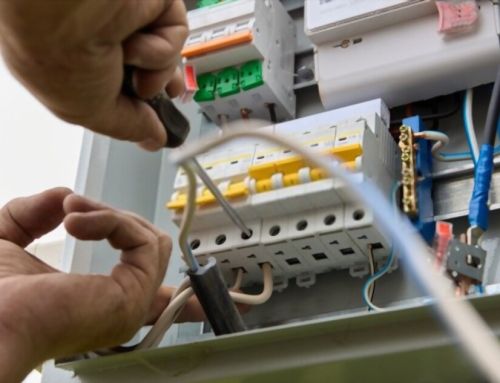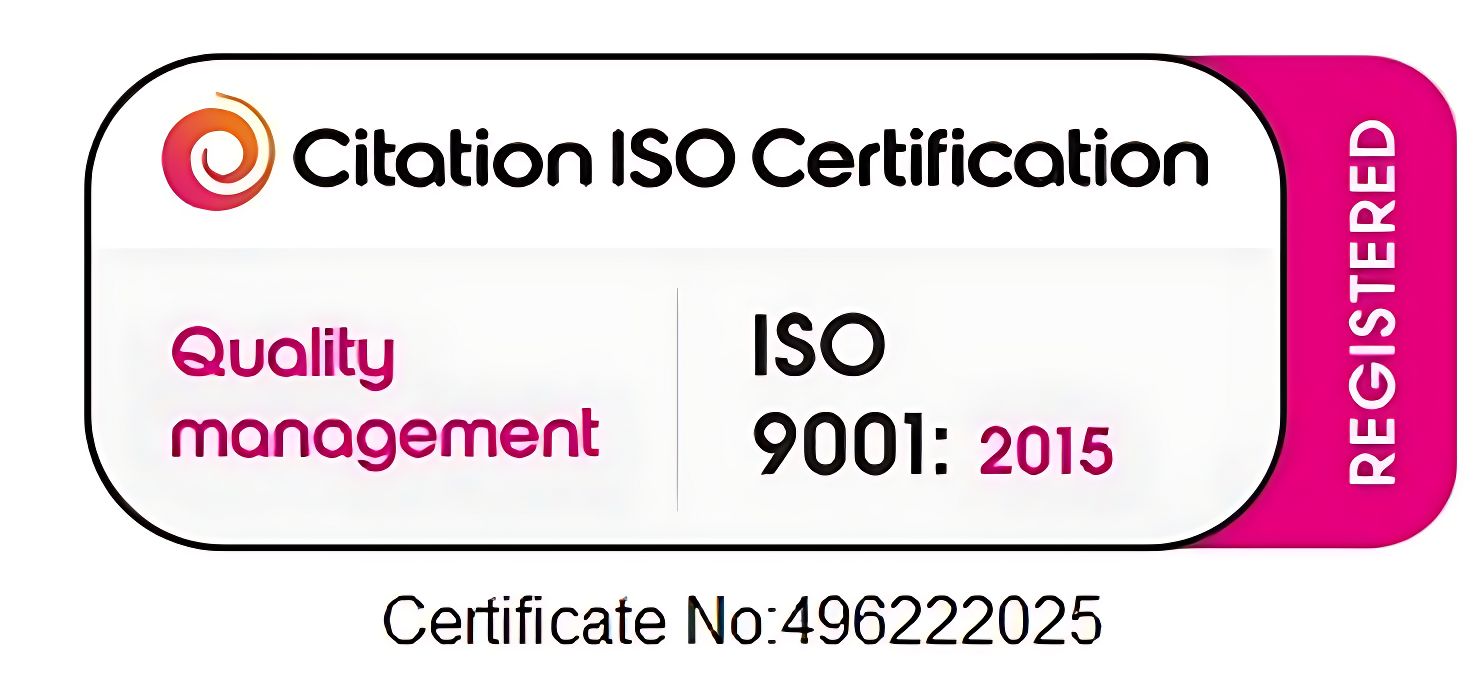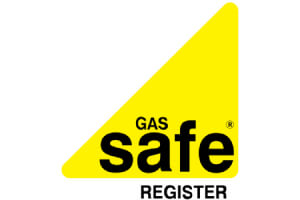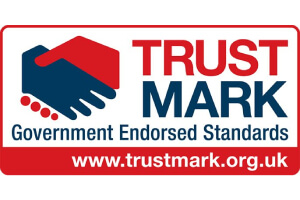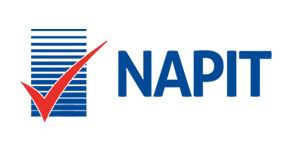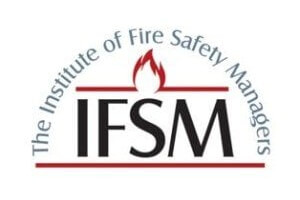
Understanding EICR legal requirements is essential for property owners and managers to ensure compliance with UK regulations. An Electrical Installation Condition Report (EICR) is required every five years or at a change of tenancy to confirm electrical safety. Failure to meet these legal obligations can lead to heavy fines and legal consequences. This guide breaks down the key requirements, helping landlords and businesses navigate compliance effectively. Learn about the risks of non-compliance, the importance of regular inspections, and how to stay legally protected. Keep your property safe and up to standard with the right EICR practices.
Understanding EICR Legalities
In navigating the complexities of Electrical Installation Condition Reports (EICRs), it’s essential to grasp how they align with legal standards. We must understand EICR definitions and the legal implications tied to them.
An EICR is a formal document produced following an assessment of the electrical installations within a property, verifying their safety and compliance with current wiring regulations. The legal implications of these reports are profound, as they directly relate to the Electricity at Work Regulations 1989, which mandate the maintenance of electrical systems to prevent danger.
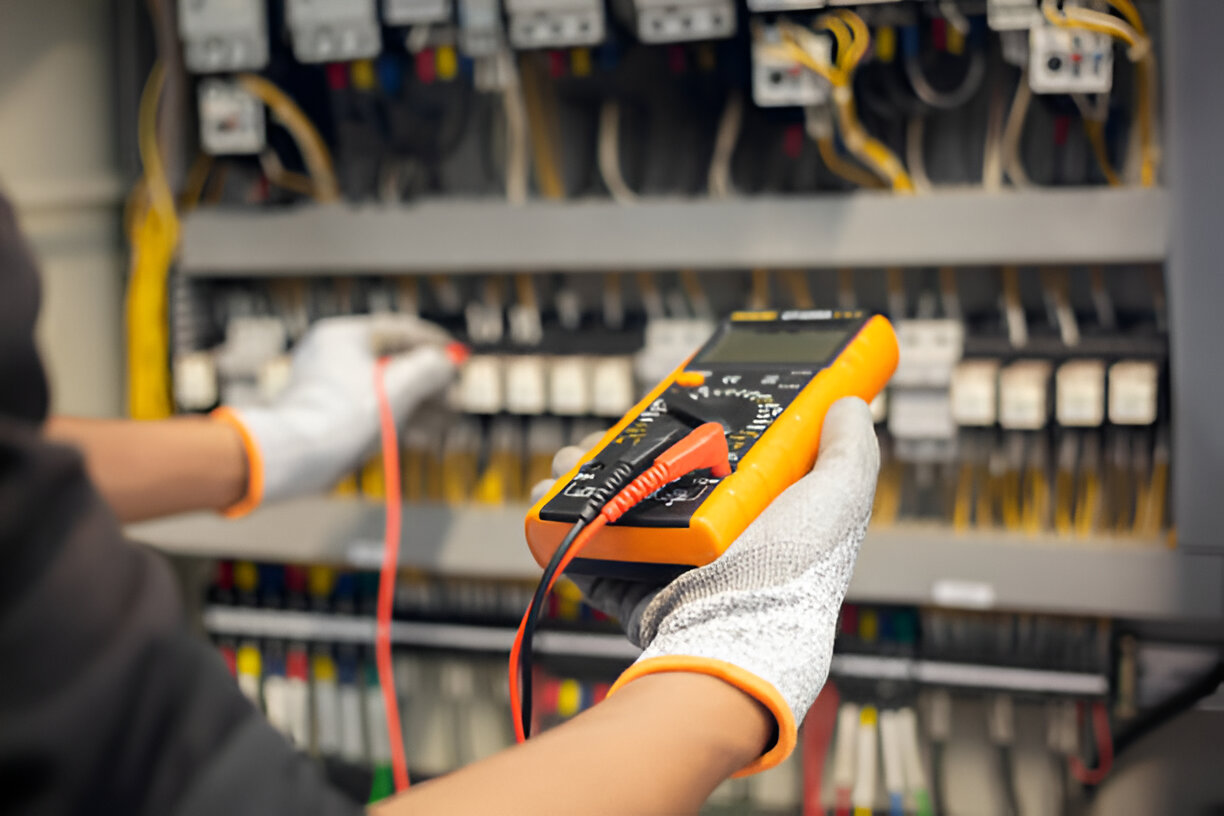
Failure to comply with these standards not only jeopardizes safety but also exposes property owners and managers to significant legal risks, including penalties and invalidated insurance claims.
We must recognize that while the specific requirements may vary slightly depending on local regulations, the underlying legal principle remains consistent: ensuring electrical safety and compliance is a non-negotiable legal responsibility.
Thus, mastering the details of EICR legalities isn’t just about regulatory compliance—it’s about safeguarding against potential legal repercussions that could arise from negligence.
We must stay informed, vigilant, and proactive in managing these obligations to uphold safety and legal standards.
EICR Requirements for Landlords
Landlords must navigate specific EICR requirements to ensure their properties meet legal safety standards.
As we delve deeper into these obligations, it’s crucial to understand that adhering to these requirements isn’t just about legal compliance but also about ensuring tenant safety and securing your investment.
Here’s what you need to focus on:
- Mandatory EICR Documentation: Landlords are required to obtain and maintain Electrical Installation Condition Reports (EICR) for each property they rent out.
This documentation must be kept up-to-date and readily available for inspection by relevant authorities.
- Communicating with Tenants: It’s essential to inform tenants about the EICR’s findings and any subsequent electrical work carried out.
This ensures that tenants are aware of their rights and the measures taken to guarantee their safety.
- Addressing Identified Issues Promptly: Any electrical faults or potential hazards highlighted in the EICR must be addressed within a specified timeframe.
Failing to rectify these issues can lead to legal repercussions and compromise tenant safety.
Frequency of EICR Assessments
Determining the appropriate frequency for EICR assessments is essential for maintaining compliance with safety regulations. The EICR intervals are dictated by various factors, including the type of premises, the usage of the building, and the results of previous assessments.
For residential properties, it’s generally recommended that landlords conduct an EICR every five years or with each change in tenancy, whichever comes first. This timeline ensures that electrical systems remain safe and functional over time, mitigating potential hazards.
For commercial establishments, the assessment timelines can be more frequent. Depending on the operational environment, an EICR might be required every three to five years. High-risk locations, such as those with public access or heavy machinery, may need assessments as often as annually.
We must understand that these intervals serve as minimum guidelines. Property owners should consider more frequent evaluations if subjected to an extensive electrical load or if previous assessments indicate a propensity for electrical faults.
Adhering strictly to these recommended EICR intervals not only ensures legal compliance but also enhances the safety and integrity of the electrical installations, safeguarding both property and human life.
Consequences of Non-Compliance
While adhering to the recommended EICR intervals significantly enhances safety and ensures legal compliance, failing to meet these standards can lead to severe consequences. We need to understand that non-compliance isn’t just a minor oversight; it carries substantial risks, both legally and financially.
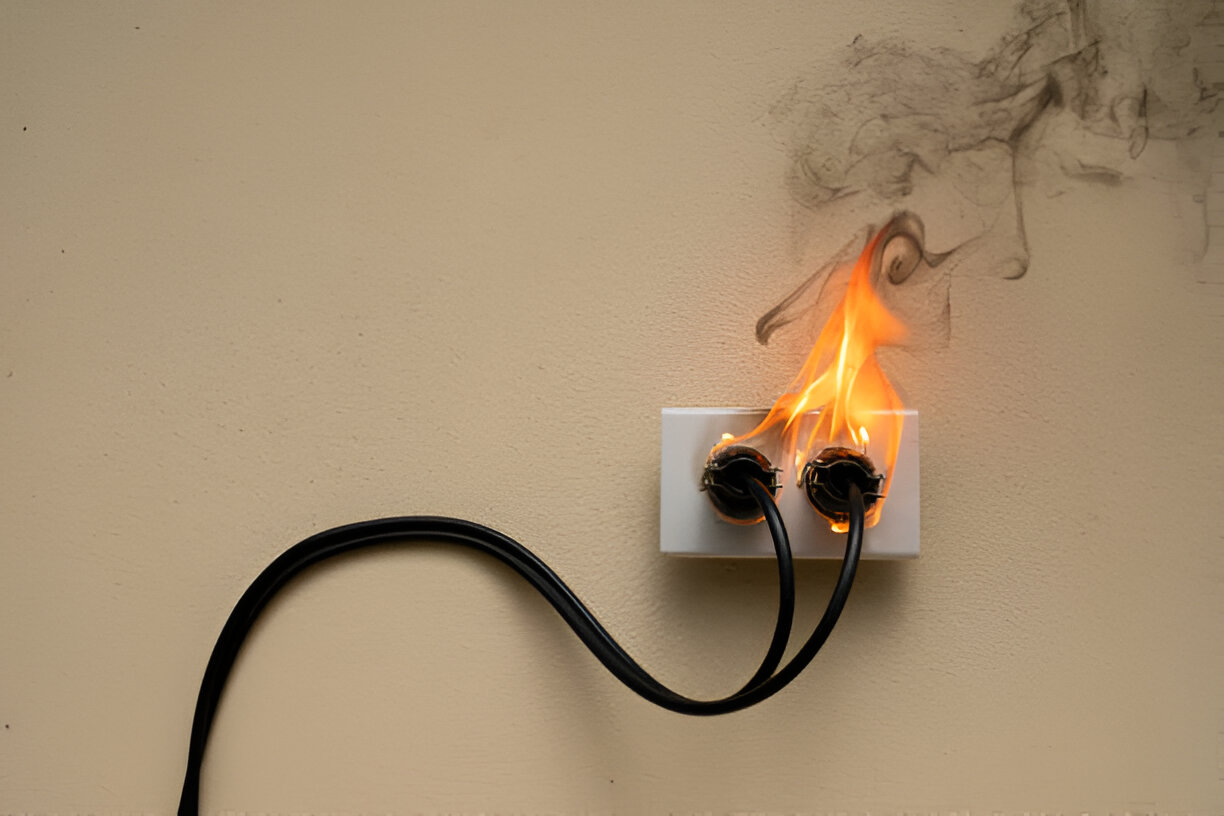
When we overlook our obligations to conduct these regular checks, the repercussions aren’t only immediate but can also have long-term effects. Here are some critical outcomes of non-compliance:
- Financial Repercussions: Significant fines and penalties can be imposed. In severe cases, these financial burdens can escalate to amounts that not only strain the operational budgets but can also impact the financial stability of our organization.
- Legal Liabilities: We’re potentially exposing ourselves to lawsuits and legal actions. Whether from incidents resulting from electrical faults or through regulatory enforcement actions, the legal liabilities can be vast and damaging.
- Reputational Damage: The credibility of our business is at stake. Non-compliance can lead to public safety incidents, attracting negative media attention and eroding trust with clients, partners, and regulatory bodies.
Each of these points underlines the imperative to maintain rigorous adherence to EICR requirements. Ignoring this critical aspect of our operational duty isn’t just irresponsible—it’s potentially disastrous.
Ensuring Compliance and Safety
Understanding the critical role of compliance, we must adopt a proactive approach to ensure both safety and adherence to regulations. Electrical safety isn’t merely a technical requirement; it’s a fundamental aspect of tenant rights and property management.
Effective compliance starts with regular Electrical Installation Condition Reports (EICRs), which identify potential hazards before they pose serious risks.
To navigate these waters expertly, we need to establish a routine that prioritizes periodic inspections and timely rectifications based on the EICR findings. This isn’t just about meeting legal standards but about fostering a safe living and working environment.
We must also keep abreast of changes in regulatory frameworks to ensure our practices are up-to-date and in line with current standards.
Moreover, educating tenants about their rights and the importance of electrical safety is crucial. This not only reinforces their trust in the management but also empowers them to identify and report potential issues proactively.
It’s our responsibility to provide clear channels for such communication.
Ultimately, our commitment to these practices willn’t only safeguard compliance but will also enhance the integrity and safety of our properties, ensuring peace of mind for all stakeholders involved.
Conclusion
In conclusion, we must prioritize compliance with EICR regulations to protect both tenant safety and our legal standing as landlords. Ensuring regular electrical inspections, adhering to the mandated five-year intervals, and addressing any identified issues promptly are essential steps. Failure to comply not only risks severe penalties and insurance voids but also endangers lives. Let’s commit to diligently maintaining our properties, thereby safeguarding all stakeholders and upholding our legal responsibilities.
Our Pricing
| Our Electrical Safety Certificate Prices |
|---|
| Studio Apartment £67.99 |
| 1 – 3 Bedroom £81.99 |
| 4 Bedroom £89.99 |
| 5 Bedroom £98.99 |
Check Out Our Other Services
| EICR | Commercial EICR | Emergency Light Certificate |
|---|---|---|
| Electrical Diagnostic | PAT Testing | Fuse Box Installation |
About the Author: LandlordCertificate
Related Posts
Get Social
Recent Posts
- Fire Risk Assessment Review as a Driver of Stronger Safety Control
- Comprehensive EICR London Services for Every Property
- System Planning for Large Buildings with Fire Alarm Installation
- Fire Service Fire Risk Assessment for Stronger Safety Management
- Electrical Risk Clarity Improved Through an EICR Report


